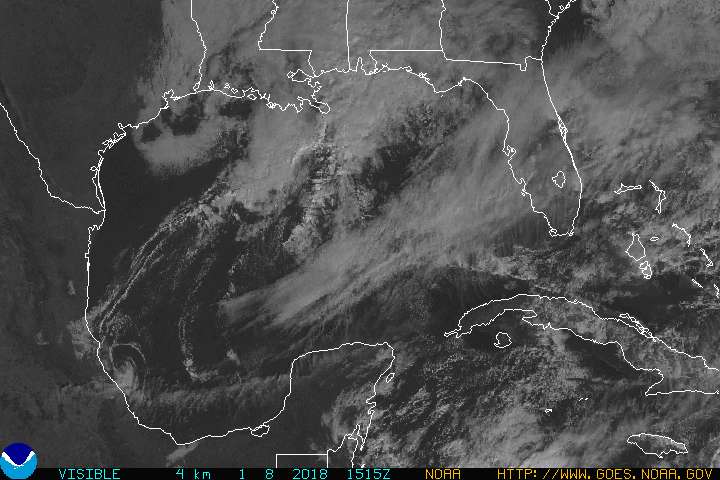|
Beware the Mad Irish
Location: Wish I was on the N17...
|
New Orleans - The Big "Breezy"
This storm as a CAT 5 will pack wind gusts upwards of 200mph. New Orleans is essentially a fish bowl that actually sits below sea level which means that the storm surge generated by this storm will result in massive flooding. Katrina has the potential to be one of the most powerful storms to hit the US in recorded history.
 Link
Link
Quote:
By MARY FOSTER, Associated Press Writer
11 minutes ago
NEW ORLEANS - Hurricane Katrina strengthened to a dangerous Category 5 storm on Sunday with 160 mph sustained wind as residents of south Louisiana jammed freeways in a rush to get out of the low-lying region and head inland to higher ground.
A hurricane warning was in effect for the north-central Gulf Coast from Morgan City, La., to the Alabama-Florida, meaning hurricane conditions were expected within 24 hours, the National Hurricane Center said. Tropical storm warnings extended east to Indian Pass, Fla., and west to Cameron, La.
Katrina had been blamed for nine deaths in South Florida.
The hurricane's landfall could still come in Mississippi and affect Alabama and Florida, but it looked likely to come ashore Monday morning on the southeastern Louisiana coast, said Ed Rappaport, deputy director of the National Hurricane Center in Miami. That put New Orleans squarely in the crosshairs.
"If it came ashore with the intensity it has now and went to the New Orleans area, it would be the strongest we've had in recorded history there," Rappaport said in a telephone interview Sunday morning. "We're hoping of course there'll be a slight tapering off at least of the winds, but we can't plan on that. So whichever area gets hit, this is going to be a once in a lifetime event for them."
He said loss of life was "what inevitably occurs" with a storm this strong.
"We're in for some trouble here no matter what," he said.
At 8 a.m., Katrina's center was about 250 miles south-southeast of the mouth of the Mississippi River, the hurricane center said. It was moving west-northwest at about 12 mph and a gradual turn toward the north-northwest was expected. Hurricane force-wind of at least 74 mph extended up to 85 miles from the center.
The storm had the potential for storm surge flooding of up to 25 feet, topped with even higher waves, as much as 15 inches of rain, and tornadoes.
Only three Category 5 hurricanes — the highest on the Saffir-Simpson scale — have hit the United States since record-keeping began. The last was 1992's Hurricane Andrew, which leveled parts of South Florida, killed 43 people and caused $31 billion in damage. The other two were the 1935 Labor Day hurricane that hit the Florida Keys and killed 600 people and Hurricane Camille, which devastated the Mississippi coast in 1969, killing 256.
New Orleans is especially vulnerable because it sits below sea level, and needs levees and pumps to keep out water.
New Orleans Mayor C. Ray Nagin was exploring the idea of ordering a mandatory evacuation.
Katrina formed in the Bahamas and ripped across South Florida on Thursday as a Category 1 storm before moving into the Gulf of Mexico where surface water temperatures were as high as 90 degrees — high-octane fuel for hurricanes.
Nagin said he spoke to a forecaster at the hurricane center who told him that "this is the storm New Orleans has feared these many years."
"Ladies and gentlemen, this is not a test. This is the real deal," he warned Saturday. "Board up your homes, make sure you have enough medicine, make sure the car has enough gas. Do all things you normally do for a hurricane but treat this one differently because it is pointed towards New Orleans."
Making matters worse, at least 100,000 people in the city lack the transportation to get out of town. Nagin said the Superdome might be used as a shelter of last resort for people who have no cars, with city bus pickup points around New Orleans.
Louisiana and Mississippi made all lanes northbound on interstate highways. Mississippi declared a state of emergency and Alabama offered assistance to its neighbors. Some motels as far inland as Jackson, Miss., 150 miles north of New Orleans, were already booked up.
Some tourists heeded the warnings and moved up their departures, and lines of tourists waited for cabs on New Orleans' famed Bourbon Street.
But plenty of people in the French Quarter stayed put, and bars were rocking Saturday night.
"The only dangerous hurricanes so far are the ones we've been drinking," said Fred Wilson of San Francisco, as he sipped one of the famous drinks at Pat O'Brien's Bar. "We can't get out, so we might as well have fun."
New Orleans' worst hurricane disaster happened 40 years ago, when Hurricane Betsy blasted the Gulf Coast. Flooding approached 20 feet deep in some areas, fishing villages were flattened, and the storm surge left almost half of New Orleans under water and 60,000 residents homeless. Seventy-four people died in Louisiana, Mississippi and Florida.
Katrina is the 11th named storm of the Atlantic hurricane season, which began June 1. That's seven more than typically have formed by now in the Atlantic, Caribbean and Gulf of Mexico, the hurricane center said. The season ends Nov. 30.
|
__________________
What are you willing to give up in order to get what you want?
|